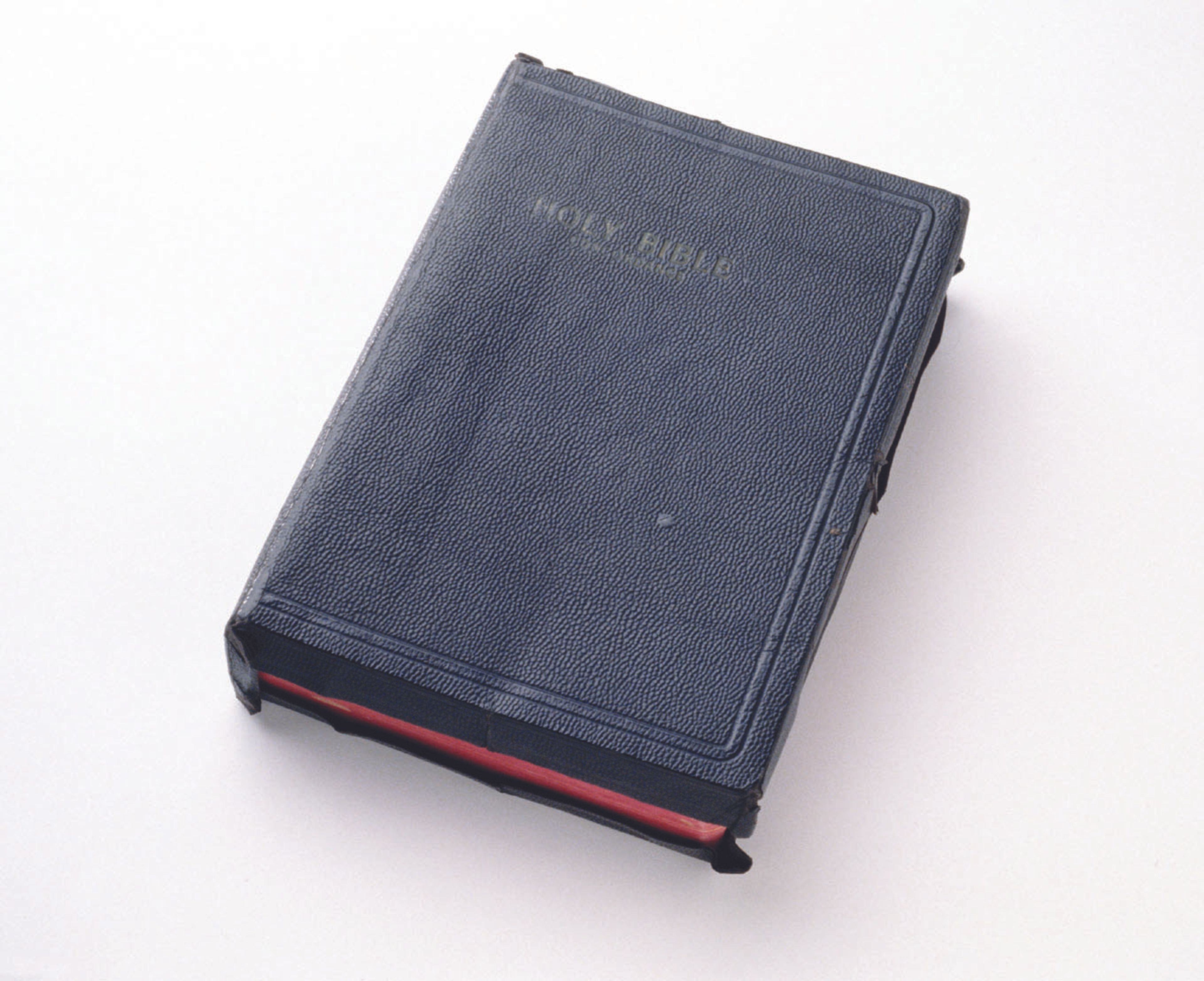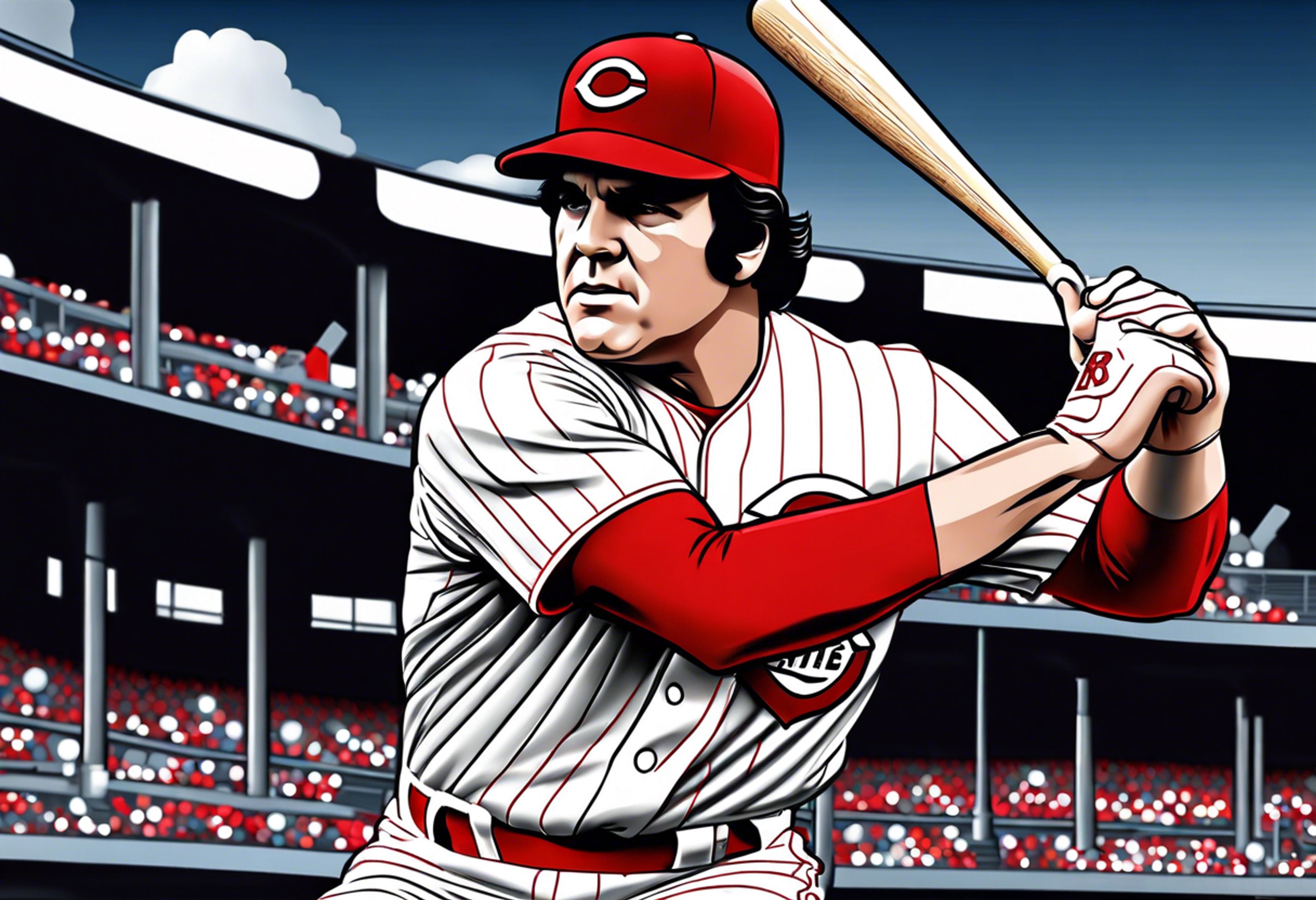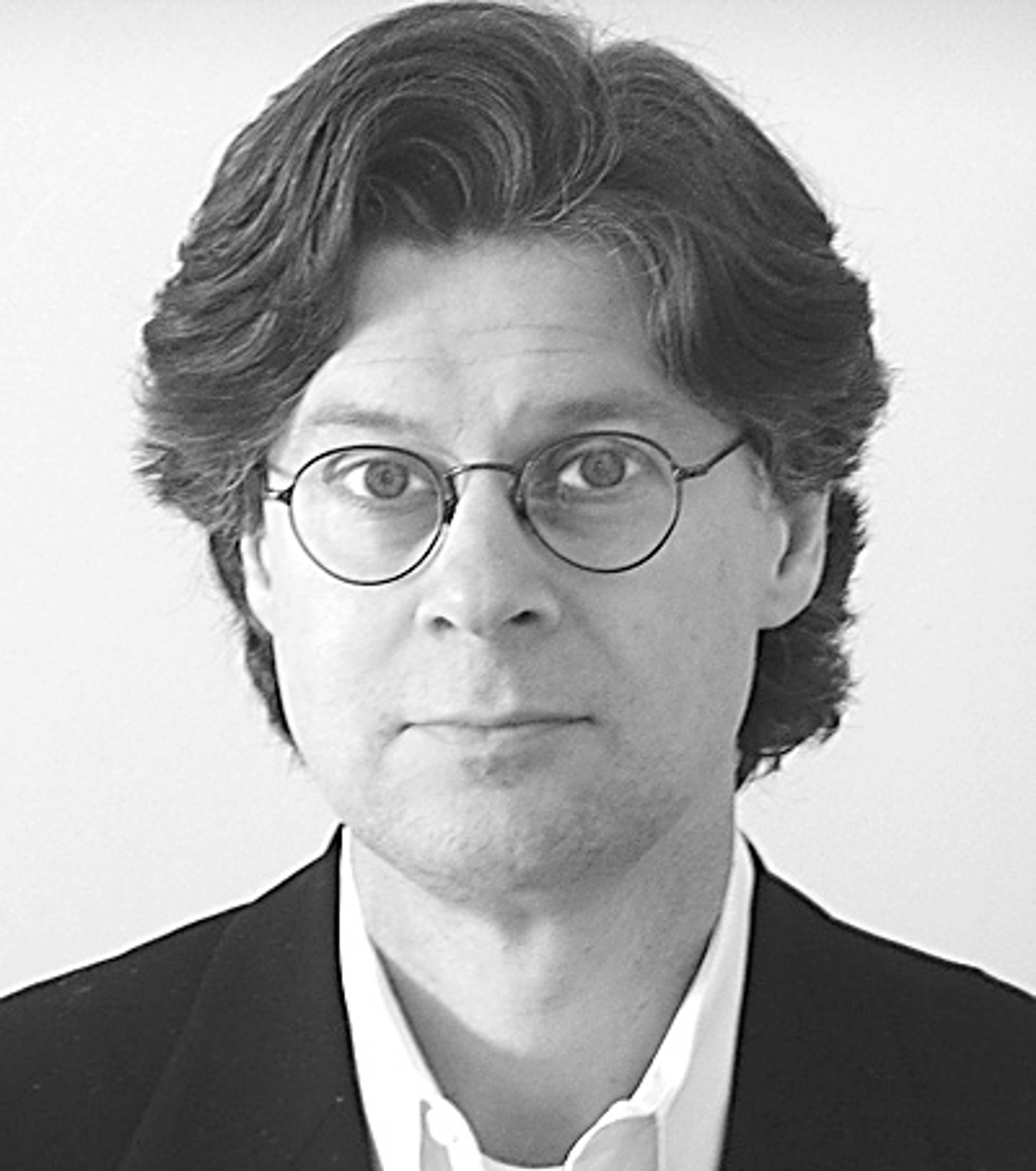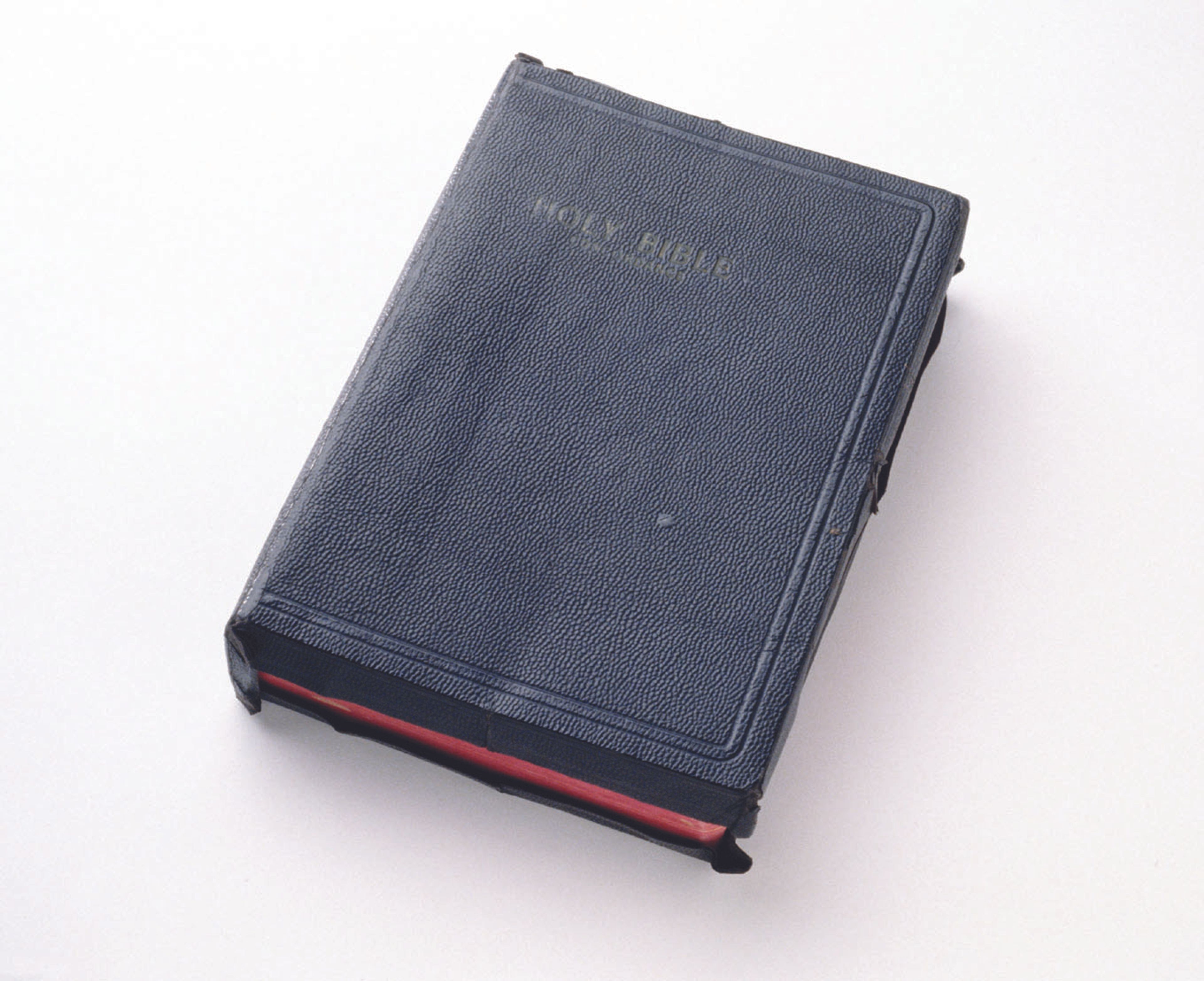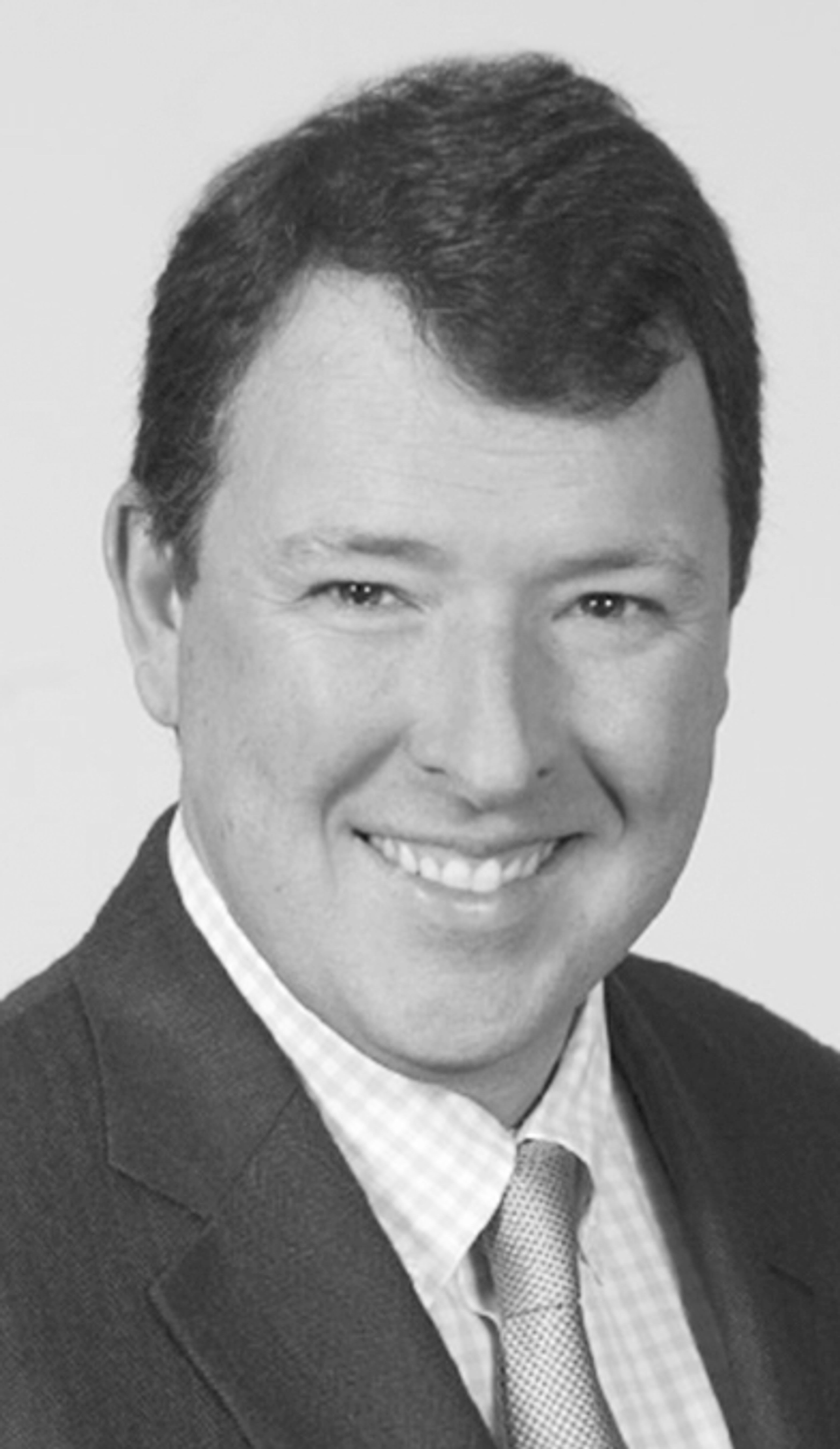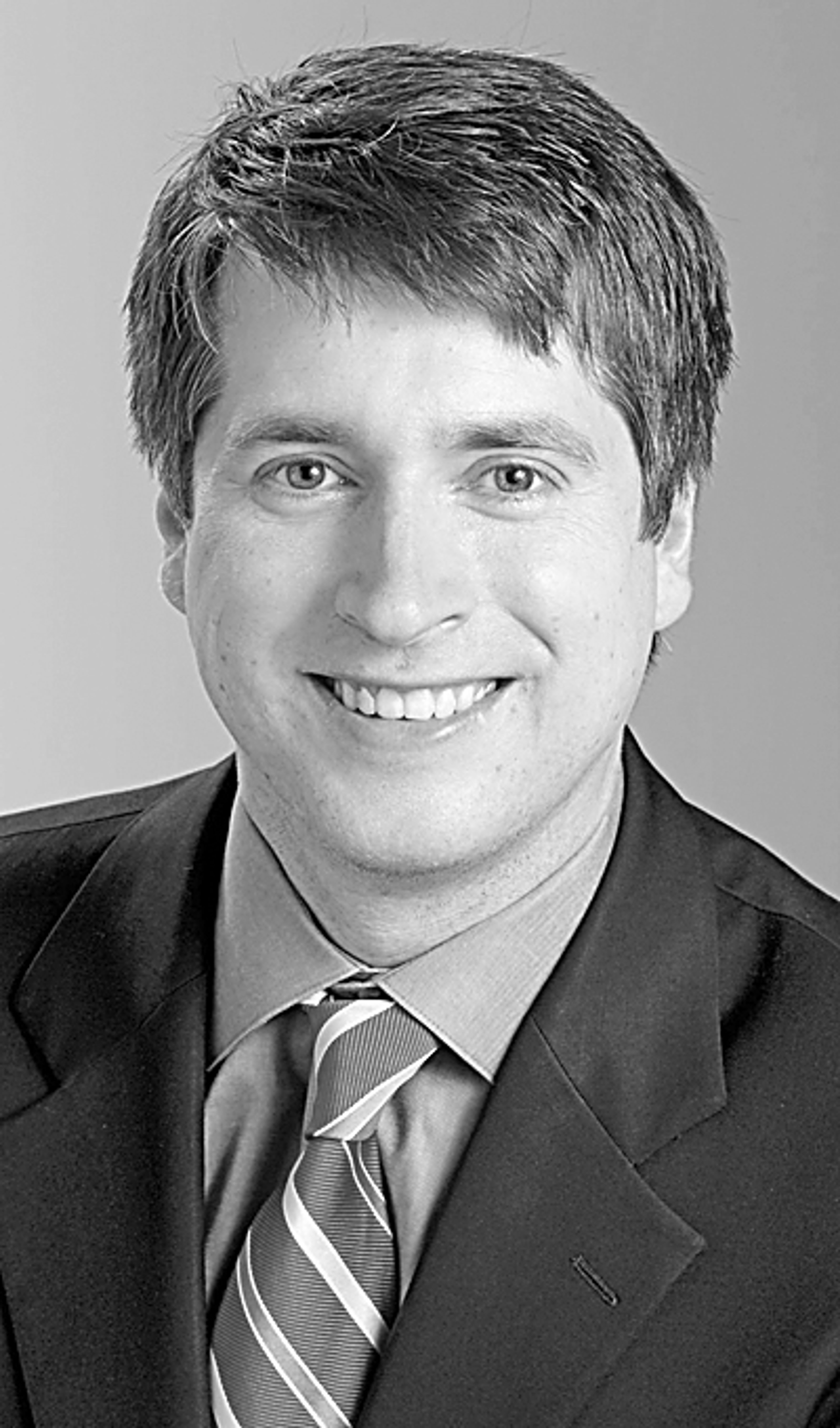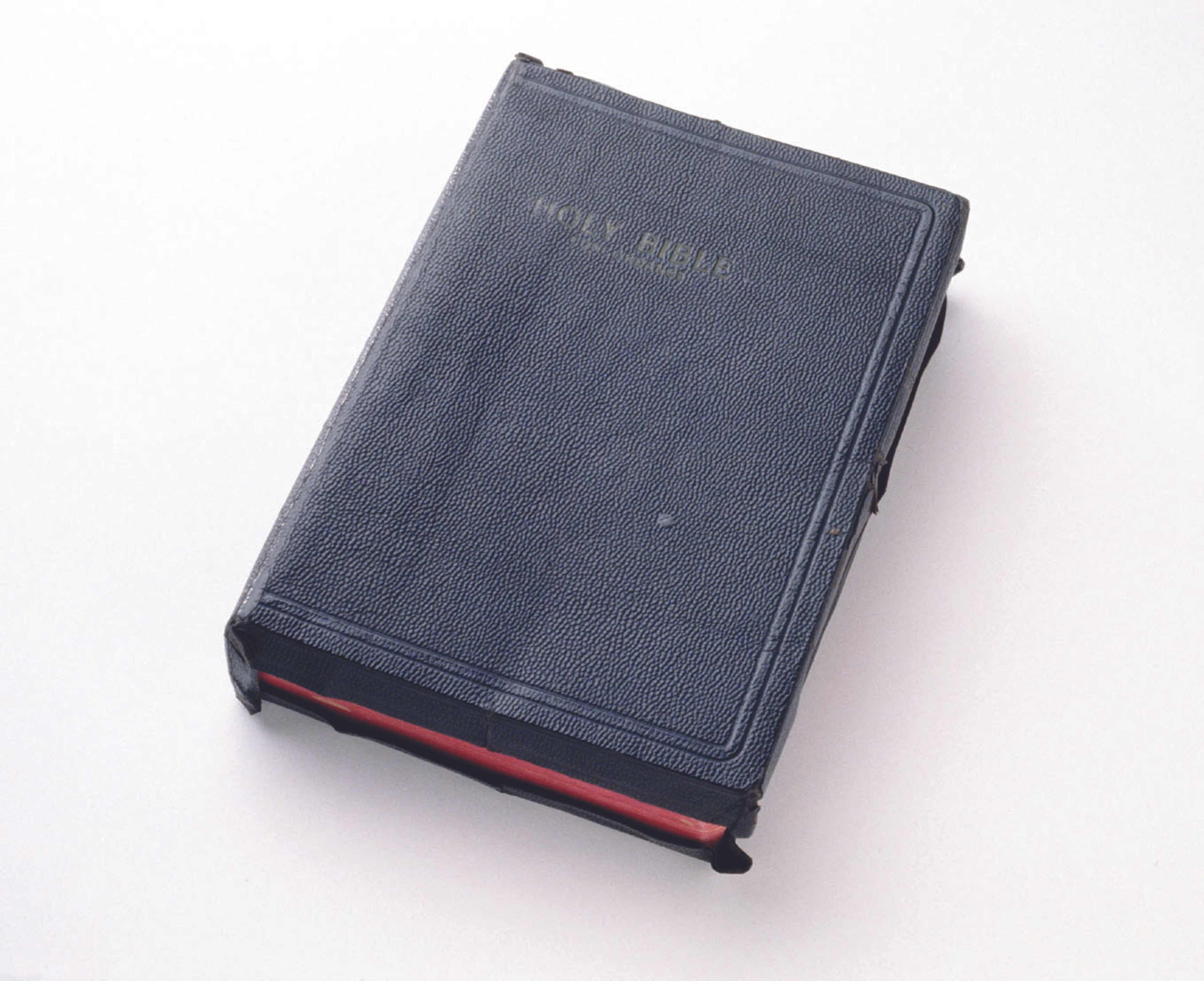Wendy and I spent a week in Cuba earlier this month as part of a group of Inland Press Association editors and publishers. Previously, I gave an account of some of our first impressions and a bit of history. In this segment, I'll review the government, Fidel Castro and the Cuban missile crisis. I'll also begin a detailed account of our itinerary.
We visited and toured numerous governmental facilities. As a journalism group, we saw facilities and programs unavailable to the average tourist.
I was and am fascinated with the life, writings, philosophy and policies of Castro. He's now 75 years old, and I feel -- I know too little to believe -- he was a brave, clever, well-educated Communist at a young age, although he didn't admit it publicly until 1962.
Castro's "History Will Absolve Me" speech given as a lawyer in his own defense against the failed effort to capture President Fulgencio Batista's military barracks is classic. I bought it at a used-book display in Old Town Havana. It is a 74-page pamphlet-size reprint published by Havana Radio. He was 26 years old at the time, and I recommend it for any politician or person wanting to understand Castro. (You can find the text on the Internet by using the Google search engine.)
Herb Matthews, who reported in The New York Times, and other U.S. media outlets who portrayed Castro as merely a Robin Hood-like peasant were wrong.
Incidentally, I think the speech is fascinating, brilliant and informative. Castro's speech gave the goals of his revolutionary efforts.
Now, however, the very arguments Castro used against the "illegal" Batista government based on a military coup can be used against Castro.
In fact the many billboards, banners and T-shirts on display in Cuba in memory of Che Guevara and Jose Marti noticeably omit Castro.
Castro plays down his image on billboards and such because, some say, he feels they may be defaced. However, its rare to find someone to publicly speak negatively about Castro.
1962 missile crisis
I was 27 years old and just getting involved in government at the time of the Cuban missile crisis. I found a book, "Cuba and the Missile Crisis." published in 1962 by Carlos Lechuga, the former Cuban ambassador to the United Nations, quite enlightening. It is as much about the United States and President John F. Kennedy's actions and negotiations as about those of Russia's Premier Nikita Kruschev and Cuba's Castro.
Confidential communications between these three people and speeches at the 1992 Havana conference on the crisis (which Castro attended), help me better understand this period.
Castro was not happy with the Russian negotiations to remove the missiles. He later implied that Cuba was used as a pawn for Russia to get the United States to remove our missiles from Turkey and Italy. This was not known to the American people at the time of the crisis and wasn't revealed until six months later -- after the 1962 election.
According to Lechuga, Kruschev wanted the Kennedy Democrats to do well in the 1962 congressional election, and much of the posturing by both countries was influenced by the election date of Nov. 4.
Though the missile sites were known for months prior, Kennedy's crisis speech on Oct. 22 suggested the president's "strong action" helped change his Bay of Pigs image of being soft on communism.
Kennedy was in direct negotiations with Kruschev within three days of his speech, and the outline of the withdrawal was in place within five days. Film and TV portrayals were definitely over-dramatized, implying 13 days of nuclear threat.
After reading about the U.S. buildups, war games and fly-overs, Castro and Cuba had reason to believe they were on the verge of being invaded by the United States. Thus, the Russian-initiated offer of missiles was appreciated by Castro.
Castro was not consulted on the withdrawal of the missiles and airplanes until after Kruschev and the United States had made an agreement.
Also, Castro implies he thought the missiles to be installed were short-range (basically to Miami), but some of the missiles being installed could reach Canada and many of the Latin American countries with nuclear warheads. Two differing sources say Castro recommended a first strike against the United States or Che Guevara recommended a nuclear first strike.
---
Here, in a short-note version, is how our time was spent while in Cuba.
Feb. 28:
We took a 45-minute flight from Miami to Havana on Continental Airlines. Most passengers on the loaded flight were visiting or returning Cubans. Many had their bags wrapped in clear plastic wrap applied at the airport. Most were carrying U.S. dollars, medicine and other items intended for their relatives.
There was little difficulty with customs coming or going if you had a U.S. visa to enter and return. One of our group lost his visa and had a difficult time getting approval to return, even though he was traveling with a group.
2 p.m. We were welcomed at the Jose Marti Airport by a government liaison from Minrex. We always had a Cuban Minrex member and an interpreter assigned to us at all of our official meetings.
We also were met by our Marazul Charter (government-owned) tour guide. He spoke excellent English and was steeped in the political, architectural and governmental history of Cuba. He was an excellent asset on our trip.,
3 p.m. We took a 45-minute bus tour to the Parque Central Hotel in downtown Havana. Most U.S. groups stayed there.
3:45 p.m. We had a reception at the hotel and checked in.
Dinner was at the El Aljibe restaurant. After that, we were on our own to see Havana. Some of our crew stayed out late. There were plenty of bars (Ernest Hemingway lived here for years) and music.
March 1:
10 a.m. With our Minrex guide, we took a 40-minute drive to the International School of Sports.
There are few U.S. visitors at the school, but there are many daily from other countries. Other than our group, representatives of CNN, NBC and U.S. Olympics were the only ones to visit from the United States.
This is a 1-year-old school located on a former military school campus a fourth the size of SEMO University.
The school is modeled on Cuba's school of medicine format to bring in foreign students (basically from Africa, the Caribbean islands and Latin America), train them and send them back to their countries as goodwill ambassadors (they say with no communist indoctrination, and I think the students would believe them).
The school will eventually host 1,500 students (870 presently on the campus, only 30 from Cuba). The students were selected by their native countries and are being taught sport skills to return to coach or participate in their countries' sports.
The school displays large maps of Africa and Latin America where the students have come from and lists the number of how many students from those countries have been trained elsewhere in Cuba and have already returned.
The school's budget is $20 million (even though the Cuban people are short of money).
Cuba also has sports training facilities in each of its 14 provinces and a special training facility for its Olympic team members.
School officials complained that the American media are unfair to Cuban athletes by accusing them of using dope and writing slanted articles about dishonest judges. "Nasty things happen," they said. "One Canadian newspaper's question to its readers was to guess how many Cuban athletes would defect from Cuba."
Recruitment of the students is done by the Ministry of Foreign Affairs, which provides scholarships for diplomatic missions overseas. The tuition and room and board are free for the five-year program, including food, clothing, sports gear, e-mail accounts, textbooks and laundry materials.
Cuba's other sports schools have graduated 35,000 students with special sports training. The vision of the sports school is to become a world reference university.
There are 62 different countries represented at the school. The students are under 25 years old. Currently, 60 percent are men and 40 percent are women. The goal is 50-50.
Next: Guantanamo Bay and baseball in Cuba.
Connect with the Southeast Missourian Newsroom:
For corrections to this story or other insights for the editor, click here. To submit a letter to the editor, click here. To learn about the Southeast Missourian’s AI Policy, click here.
